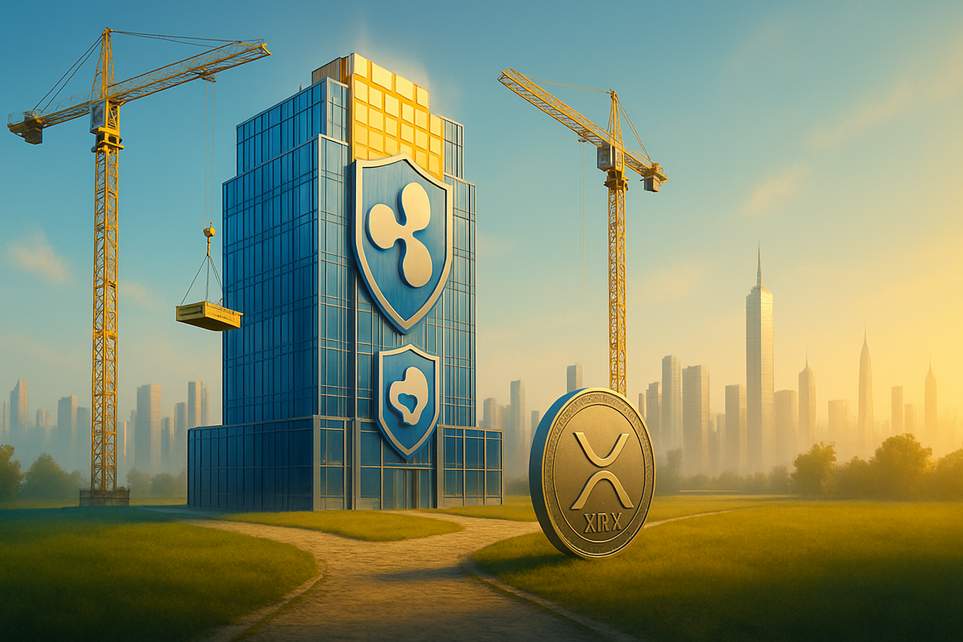Ripple Raises $500M — What That Really Means for XRP
Quick version: big cash, bigger questions
Ripple just pocketed a $500 million strategic round that values the company around $40 billion. The backers are heavyweight institutional players — the sort of firms that make spreadsheets sweat. On top of earlier liquidity events and acquisitions, Ripple now looks less like a scrappy crypto upstart and more like a regulated finance outfit with crypto toys in the attic.
Before you sprint to your trading app or sell your grandma’s collection of commemorative coins, pause. This funding bought shares in the company, not an immediate upgrade to every single XRP token on the planet. Equity and tokens live in different economic universes.
Why Ripple’s glow-up might help XRP — and why it might not
Let’s be honest: this cash infusion gives Ripple options. With deeper pockets it can pour money into liquidity programs, stitch XRP into payment rails, and use its custody and prime-brokerage pieces to make holding and settling XRP easier for big institutions. The company also closed a long-running regulatory chapter with a manageable settlement that removed a major legal overhang. That’s a huge psychological lift for cautious risk committees.
On the flip side, the investors principally bought Ripple’s regulated money business — dollar stablecoins, custody services, prime brokerage, and predictable fee streams. Those things are tidy, bank-like, and very attractive to traditional investors. A dollar stablecoin backed by short-term Treasury-like assets and wrapped into regulated infrastructure is a different animal from XRP’s old “bridge asset” pitch.
Translation: Ripple can grow into a diversified financial infrastructure company that doesn’t need XRP to make money. If the firm leans into stablecoins, custody fees, and software licensing, XRP becomes less of a strategic centerpiece and more of a dusty-but-useful asset on the balance sheet.
There’s also the awkward reality that Ripple still holds a sizeable stash of XRP. A fatter balance sheet reduces the urgency to sell those coins for cash — that’s mildly supportive for price — but the market already knows the coins exist. The funding round doesn’t vaporize that supply or commit it to any new, magical use case.
So what should XRP holders think? Treat the raise as opportunity, not a promise. Ripple now has the resources and regulatory credibility to build rails where XRP could genuinely add utility. But whether they actually thread XRP through those rails — instead of just using dollar stablecoins and other fee-generating services — comes down to company choices, not accounting math on a cap table.
In short: bigger Ripple equals more optionality for XRP, not inevitability. If you’re bullish, hope and watch for concrete product moves that make XRP the obvious tool for payments or liquidity. If you’re skeptical, remember that institutional investors paid for reliable, regulated revenue — and that doesn’t depend on XRP mooning.
Business model clarity beats hype. For anyone holding XRP, the exciting part is that Ripple has the runway to try things. The terrifying part is that it can also choose safer, steadier paths that sideline the token. Keep your expectations flexible and your popcorn ready.

